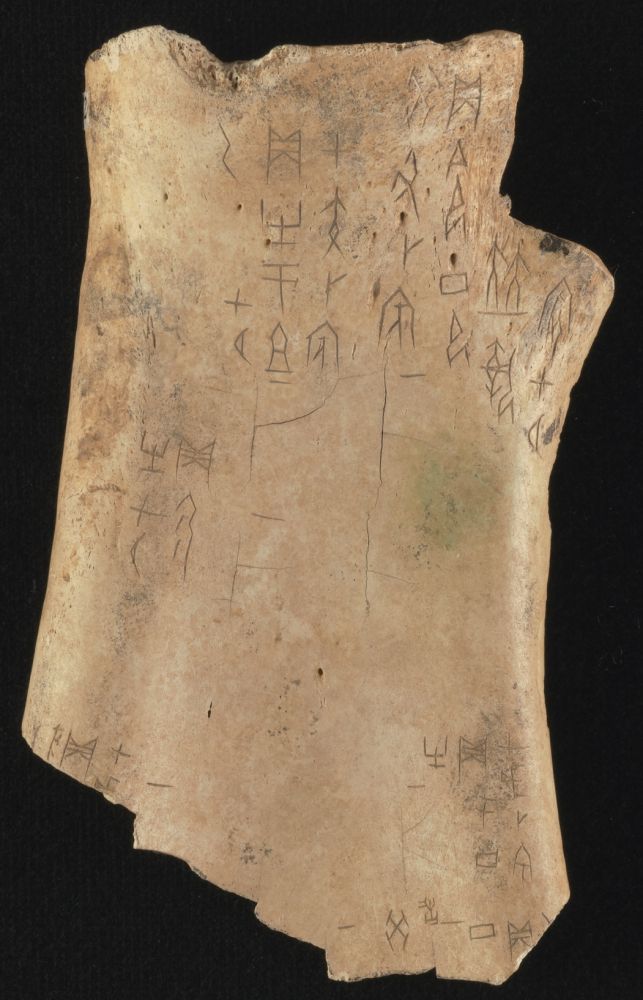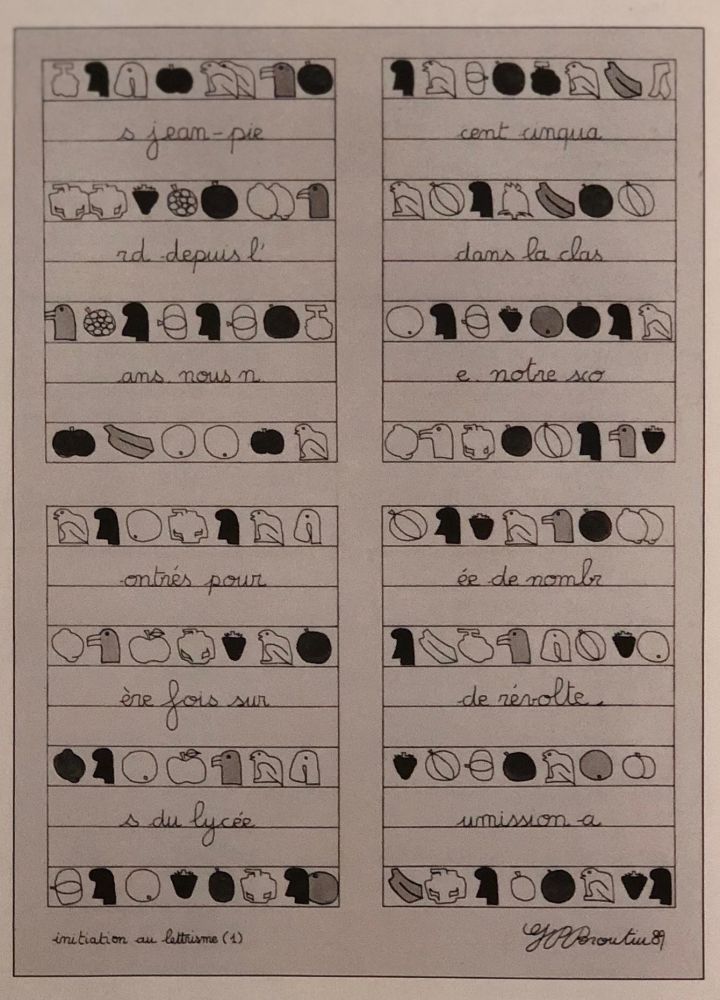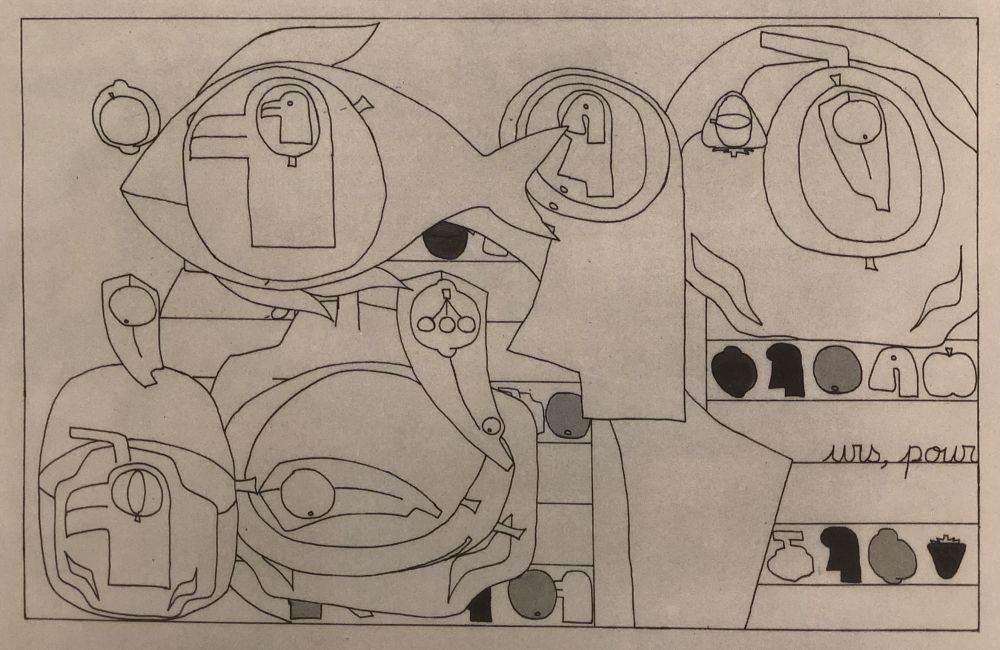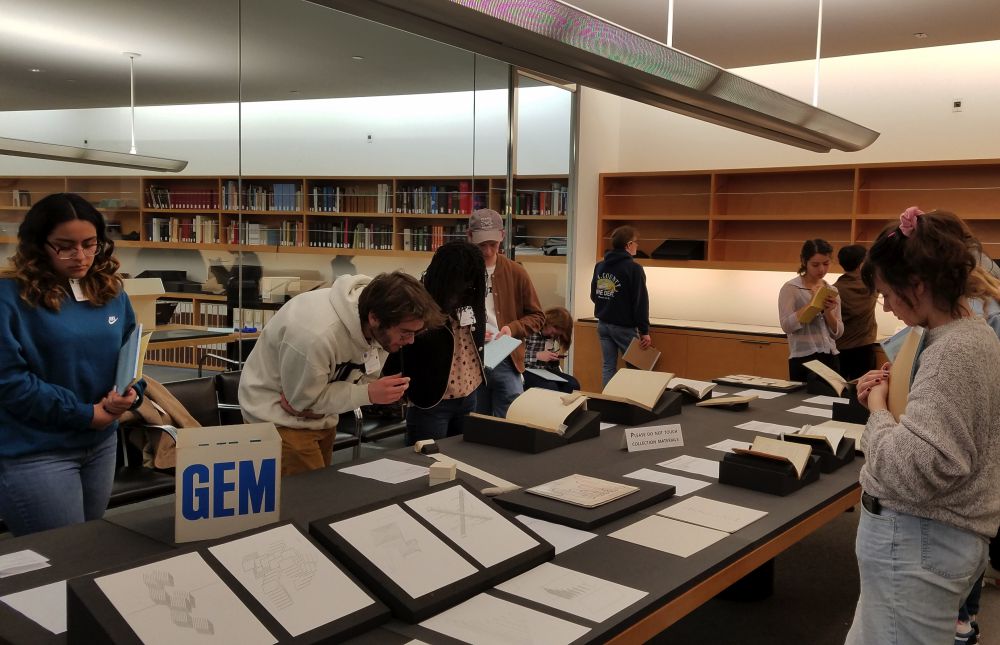Outside the Lines
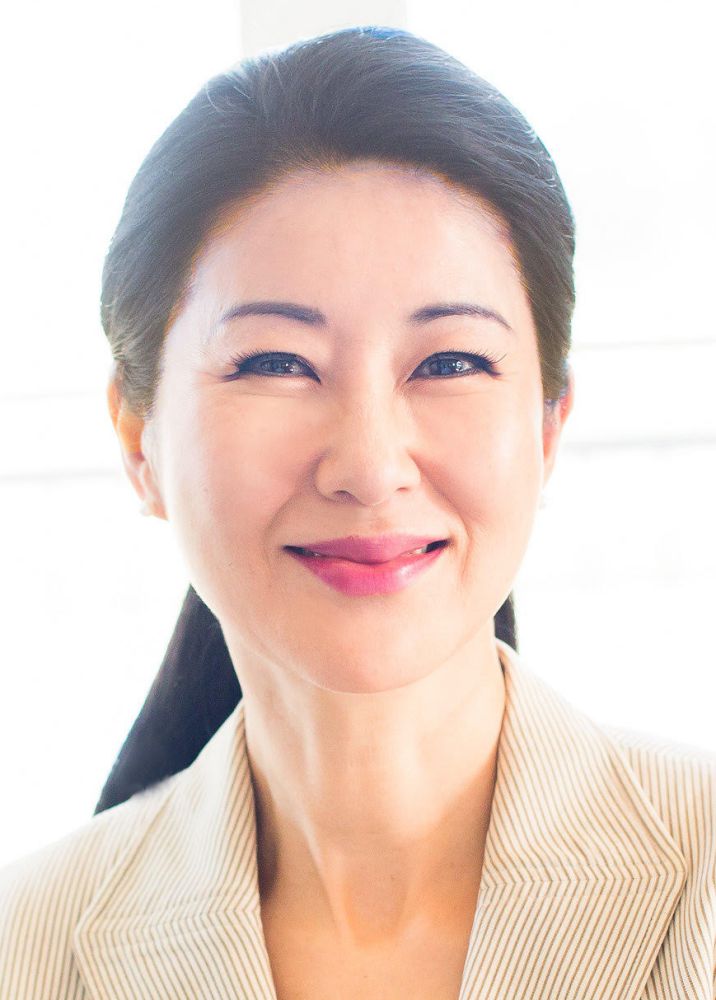
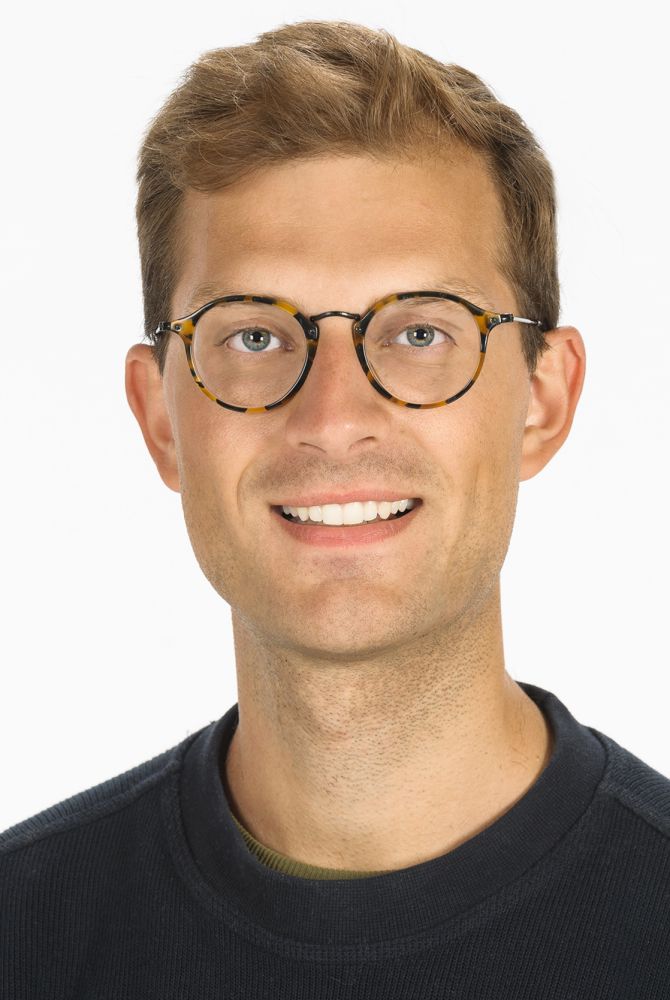
As you read this you’re practicing a method of communication that reaches back more than 5,000 years to the pictographs of Sumer in southern Mesopotamia. We’ve been doing it so long we see reading as something sacred and immutable.
The 21st century has other ideas. The digital revolution has wrought untold variations in symbolic communication while artists and scholars have pushed against the limits of language.
A conference, “Scriptworlds,” will explore these new (and old) forms of communication at UC Santa Barbara Friday and Saturday, May 31 and June 1, in the campus’s Mosher Alumni House. Free and open to the public (with registration), the conference is a product of the four-year Creative Multilingualism project based at Oxford University. It is funded by the U.K. Arts & Humanities Research Council.
“We live in a digital and globalized environment where the 19th-century European model of a language is no longer satisfactory,” said Sowon Park, a UC Santa Barbara assistant professor of English and the co-principal investigator of Prismatic Translation, one of seven strands of investigation of the project. “But the concept of language that is tied to a nation and a literature is still taken as self-evident.
“The aim of the conference,” she continued, “is to open up discussion on how we actually communicate in ordinary life, incorporating emojis and visual signs as part of our linguistic practices as well as considering the rich heritage of multi-script writing that has been rendered invisible by the ideology of monolingualism and monoculture.”
The conference will feature a dozen speakers from a broad range of fields, including literary studies, linguistics, neuroscience, digital humanities, religious studies and more. Daniel Martini, a UC Santa Barbara graduate student in comparative literature and a “Scriptworlds” organizer and speaker, said the interdisciplinary nature of the conference reflects the diversity of research and work being done in various forms of language.
“It’s really exciting,” Martini said. “We try to understand what the significance of script to translation is. What is the significance of script in terms of how texts travel? What is the significance of script, in my case, to affordance or cognition? Just having this dialogue, it’s really rare you bring people together who are fairly different, and are willing to learn and listen and talk. That’s what I like about it.”
Among the speakers is Fred Benenson, an artist and author of “Emoji Dick,” the crowd-sourced emoji translation of Melville’s “Moby Dick.” Published in 2010, the book was borne of people who created three emoji-only versions of the classic tome. Another group of people voted on the best translation, line by line. The result: the first book accepted by the Library of Congress “written” strictly using emojis.
Nancy Perloff of the Getty Research Institute in Los Angeles will present on concrete poetry, which she and Christina Aube define as “objects composed of words, letters, colors, and typefaces, in which graphic space plays a central role in both design and meaning. Concrete poets experimented boldly with language, incorporating visual, verbal, kinetic, and sonic elements.”
Concrete poetry will be the focus of the Visual Poetry Exhibition Tuesday, May 28, through Monday, June 2, in UCSB’s Digital Arts & Humanities Commons in Room 1410 of the campus’s Music Building.
Created by participants in the Arnhold Project Undergraduate Research Fellows Program, their project is “Multi-Scriptworlds and the Visual Imagination.”
“The aim of the project is to animate new links between existing scholarship on concrete poetry,” Park said, “and the notable advances that have been made in the study of visual communication in digital technology and cognitive neuroscience. It is a practical application of our research findings.”
Ten undergraduates and two graduate advisers explored the International Concrete Poetry movement (1960-80) archive at the Getty Research Institute. Building on the visit, Park said, the project team produced “shape poems” that will be on display at the exhibition.
“Scriptworlds” will culminate in participants visiting the poetry exhibition.
